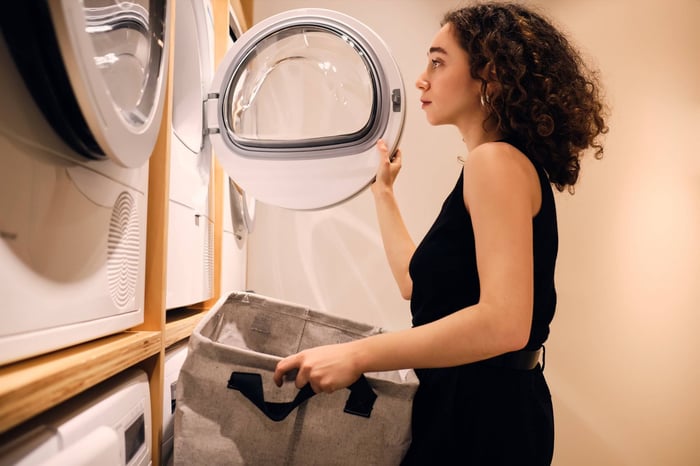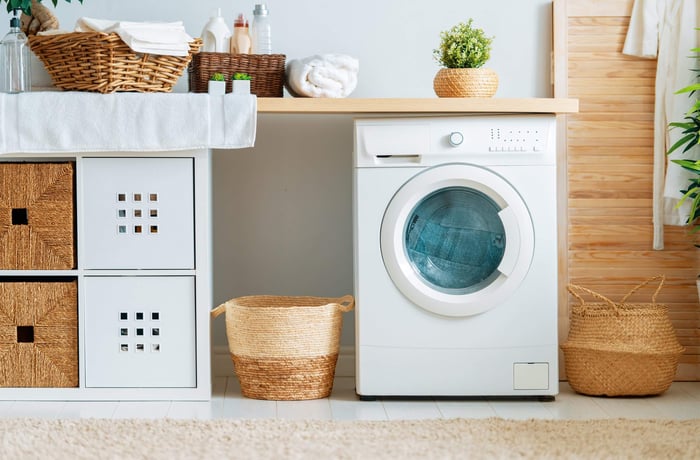Dryers are essential for modern living, but not every home is designed with exterior venting in mind. That’s where an indoor dryer vent becomes a practical and safe solution, especially in apartments, mobile homes, or properties without easy access to an external wall.
Installing an indoor clothes dryer vent requires attention to safety, airflow, and moisture management. Whether you're facing space constraints or tackling a DIY home upgrade, understanding the best practices for indoor dryer exhaust systems is key to maintaining air quality and appliance efficiency.
This article explores how to install and maintain an indoor dryer vent, when to use an indoor dryer vent kit, and how to ensure safe, effective operation in tight spaces or unconventional layouts.
Why Choose an Indoor Dryer Vent?
When External Venting Isn’t an Option
Homes without access to an outside wall—or with restrictive building layouts—can’t always accommodate traditional venting. In such cases, an indoor dryer exhaust system offers a feasible alternative.
Benefits of Indoor Venting
- Simplified installation: No need to cut through exterior walls
- Cost-effective: Saves on construction or contractor costs
- Flexible placement: Ideal for basements, interior closets, or flats
However, it's critical to install these systems correctly to avoid lint build-up, excess humidity, or fire hazards.
What Is an Indoor Dryer Vent Kit?
An indoor dryer vent kit includes the components needed to vent your dryer indoors safely. These typically feature:
- A flexible transition duct to connect the dryer
- A vent box or container
- A filter to capture lint

Best Practices for Installing an Indoor Clothes Dryer Vent
1. Choose the Right Location
Locate your dryer near a space with good airflow. Avoid tight corners unless absolutely necessary. If you're venting in a closet or confined room, install a moisture alarm or dehumidifier to control humidity.
2. Use a Quality Indoor Dryer Vent Kit
Invest in a kit that includes:
- A secure sealing system
- A lint filter or water trap
Avoid makeshift or low-quality options that can compromise safety or efficiency.
3. Maintain Proper Airflow
Ensure the duct isn’t kinked or overly long. A shorter, straighter path helps prevent lint blockages and ensures your dryer performs efficiently.
4. Regular Cleaning is Essential
Clean the lint trap in the dryer after every use, and empty or replace the indoor vent filter at least monthly. Failure to maintain the system increases fire risk and reduces dryer performance.
Venting a Dryer in the Middle of the House
Installing a dryer in the centre of a home requires strategic planning, especially without access to external walls. Here's how to approach it:
Tips for Mid-Home Installation
- Use compact vent kits that include a built-in lint trap.
- Install air circulation aids, such as fans or window vents, to avoid stale, humid air.
Safety Considerations
Avoiding Fire Hazards
Indoor dryer vent systems can pose a risk if not properly maintained. To reduce hazards:
- Never use plastic or foil ducts
- Check for lint build-up weekly
- Keep combustible materials away from the dryer
Managing Humidity
Excess moisture can cause mold growth. To mitigate this:
- Install a hygrometer to monitor humidity levels
- Ventilate the laundry area with a fan or window
Maintenance Checklist
Here’s a monthly maintenance routine to ensure your indoor dryer exhaust stays safe and efficient:
- Empty the water trap or clean the lint filter
- Inspect the duct for bends or lint accumulation
- Vacuum behind and under the dryer
- Check for musty odours or condensation on walls
- Replace the vent filter every 3 to 6 months or as needed, depending on usage
Set a recurring reminder to avoid neglecting this essential task.
Choosing the Best Indoor Dryer Vent Kit
Not all kits are created equal. Look for models with:
- Durable, heat-resistant materials
- Secure filter systems
- Simple installation instructions
Final Thoughts
Installing an indoor dryer vent is a smart solution when outdoor venting isn’t feasible. With the right kit and a commitment to maintenance, you can enjoy safe, effective drying without structural modifications.
For trusted venting solutions that work in tight spaces or central home layouts, explore the range available at ADR Products. Investing in the right equipment today means a safer, more efficient laundry routine tomorrow.




